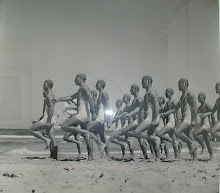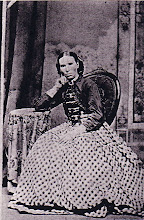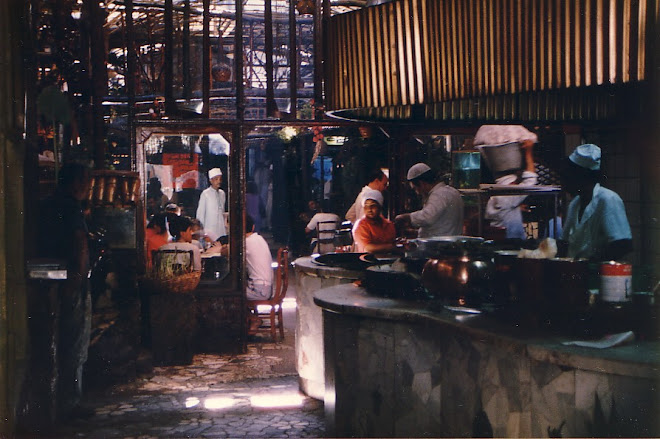Take a piece of paper and note your answer (a, b, c, ...) to each of the following ten questions.
1. When do you feel at your best?
a) in the morning
b) during the afternoon and early evening
c) late at night
a) fairly fast, with long steps
b) fairly fast, with little steps
c) less fast head up, looking the world in the face
d) less fast, head down
e) very slowly
3. When talking to people, you ...
a) stand with your arms folded
b) have your hands clasped
c) have one or both your hands on your hips or in pockets
d) touch or push the person to whom you are talking
e) play with your ear, touch your chin or smooth your hair
a) your knees bent with your legs neatly side by side
b) your legs crossed
c) your legs stretched out or straight
d) one leg curled under you
a) a big appreciated laugh
b) a laugh, but not a loud one
c) a quiet chuckle
d) a sheepish smile
a) make a loud entrance so everyone notices you
b) make a quiet entrance, looking around for someone you know
c) make the quietest entrance, trying to stay unnoticed
7. When you're working or concentrating very hard, and you're interrupted, you ...a) welcome the break
b) feel extremely irritated
c) vary between these two extremes
a) red or orange
b) black
c) yellow or light blue
d) green
e) dark blue or purple
f) white
g) brown or gray
9. When you are in bed at night, in those last few moments before going to sleep, you lie ...
a) stretched out on your back
b) stretched out face down on your stomach
c) on your side, slightly curled
d) with your head on one arm
e) with your head under the covers
a) falling
b) fighting or struggling
c) searching for something or somebody
d) flying or floating
e) you usually have dreamless sleep
f) your dreams are always pleasant
Now score yourself with a number for each of the questions, using the following scales:
1. (a) 2 (b) 4 (c) 6
2. (a) 6 (b) 4 (c) 7 (d) 2 (e) 1
3. (a) 4 (b) 2 (c) 5 (d) 7 (e) 6
4. (a) 4 (b) 6 (c) 2 (d) 1
5. (a) 6 (b) 4 (c) 3 (d) 5 (e) 2
6. (a) 6 (b) 4 (c) 2
7. (a) 6 (b) 2 (c) 4
8. (a) 6 (b) 7 (c) 5 (d) 4 (e) 3 (f) 2 (g) 1
9. (a) 7 (b) 6 (c) 4 (d) 2 (e) 1
10. (a) 4 (b) 2 (c) 3 (d) 5 (e) 6 (f) 1
Now add the total number of points you scored are check your character analysis:
Others see you as someone they should "handle with care." You're seen as vain, self-centered and one who is extremely domineering. Others may admire you, wishing they could be more like you, but don't always trust you, hesitating to become too deeply involved with you.
Others see you as an exciting, highly volatile, rather impulsive personality; a natural leader, one who's quick to make decisions, though not always the right ones. They see you as bold and adventuresome, someone who will try anything once; someone who takes chances and enjoys an adventure. They enjoy being in your company because of the excitement you radiate.
Others see you as fresh, lively, charming, amusing, practical and always interesting; someone who's constantly in the center of attention, but sufficiently well-balanced not to let it go to their head. They also see you as kind, considerate, and understanding; someone who'll always cheer them up and help them out.
Others see you as sensible, cautious, careful and practical. They see you as clever, gifted, or talented, but modest. Not a person who makes friends too quickly or easily, but someone who's extremely loyal to friends you do make and who expect the same loyalty in return. Those who really get to know you realize it takes a lot to shake your trust in your friends, but equally that it takes you a long time to get over it if that trust is ever broken.
Your friends see you as painstaking and fussy. They see you as very cautious, extremely careful, a slow and steady plodder. It would really surprise them if you ever did something impulsively or on the spur of the
moment, expecting you to examine everything carefully from every angle and then usually decide against it. They think this reaction is caused partly by your careful nature.
People think you are shy, nervous, and indecisive, someone who needs looking after, who always wants someone else to make the decisions and who doesn't want to get involved with anyone or anything! They see you as a worrier who always sees problems that don't exist. Some people think you're boring. Only those who know you well know that you aren't.
Okay guys, how did you go?





































![C18 Bronze Buddha [Southern China]](https://blogger.googleusercontent.com/img/b/R29vZ2xl/AVvXsEioLkgVKuhDoIHQgM1X6Oe2hGn75yqaj4OJXPmNpumXmQPKxB22S57YS5DVrl1P7zl7BS6EFpAtaNZPze7gzVCRiQI54bwdHhVa4fGr7NOChZwTZoo92gUen6tC5U8gWIy_pv92U0FB38M/s1600/Buddha+%255BBronze%252C+C18%252C+China%255D+1.jpg)












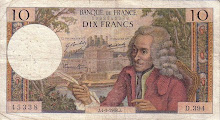
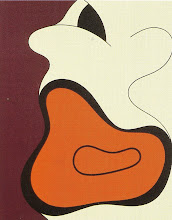+1998+Cropped.jpg)

